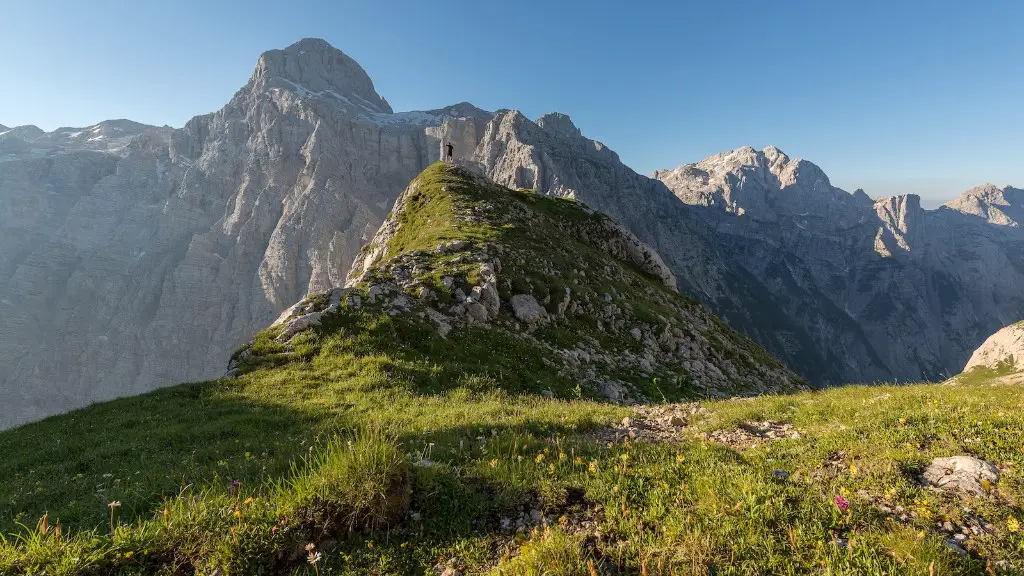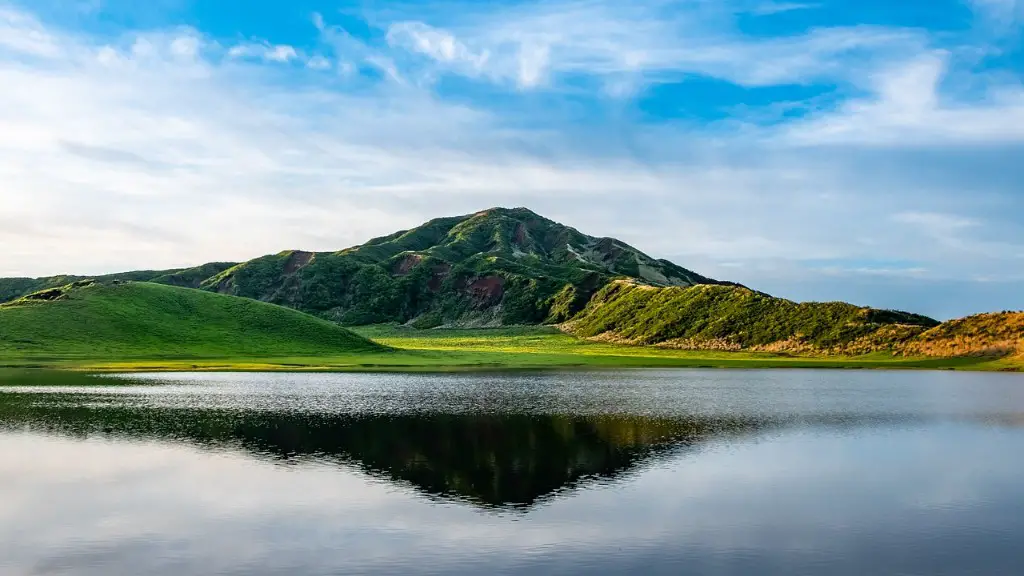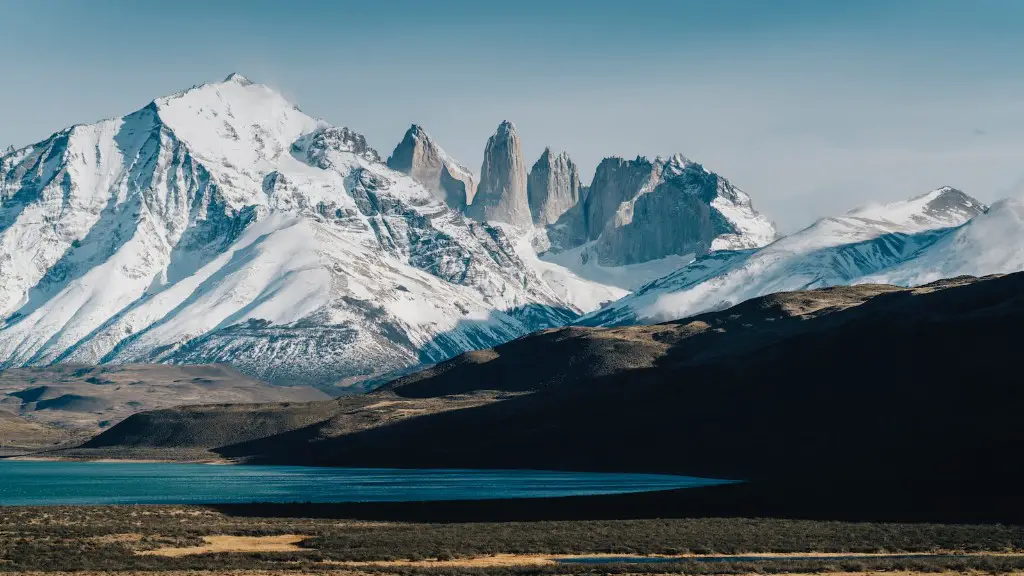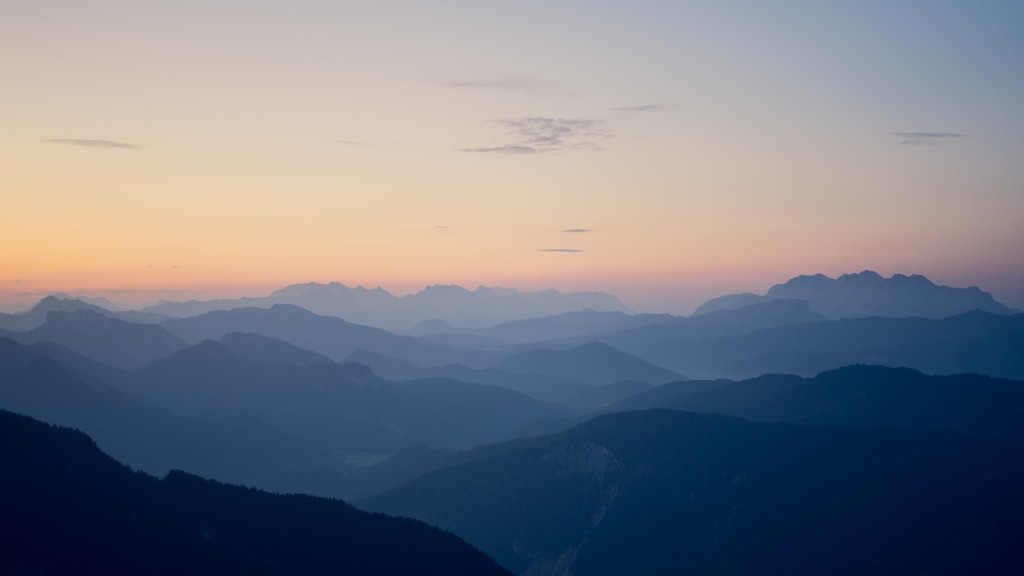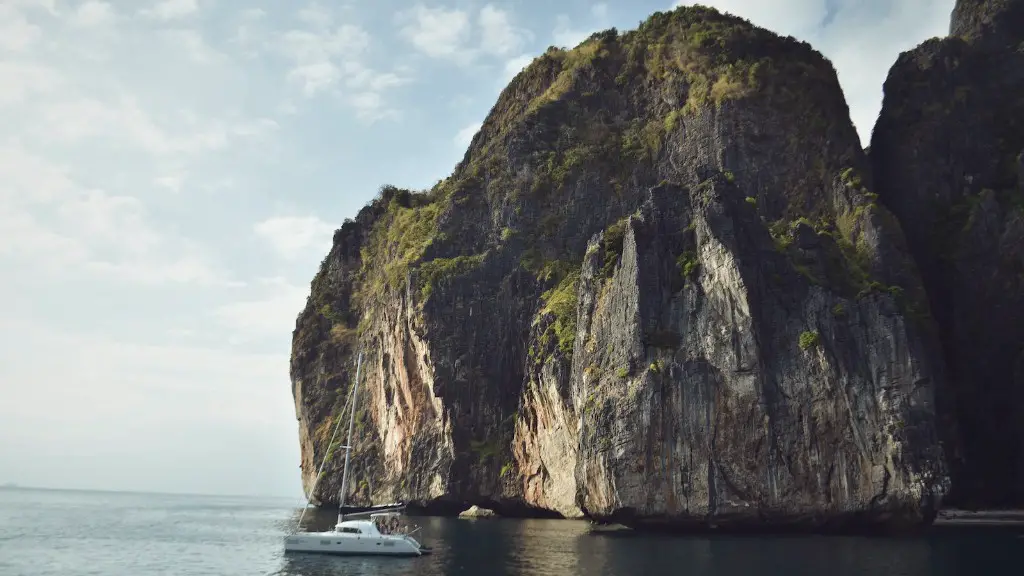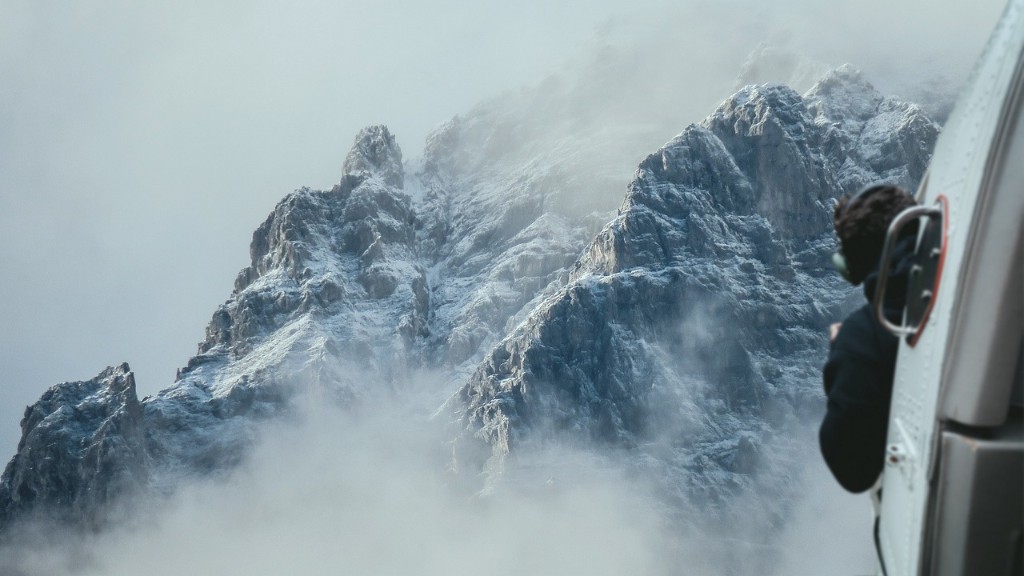Few features on Earth can rival the majesty of Mount Kilimanjaro. This massive mountain is the tallest free-standing mountain in the world, towering over 19,340 feet (5,895 meters) above the Kenyan plains. Mount Kilimanjaro is also one of the most popular trekking destinations in Africa, with thousands of adventurers making the Summit Challenge each year.
Mount Kilimanjaro stands at 5,895 meters (19,341 feet) tall.
How tall is Kilimanjaro in feet and meters?
A snow-capped volcano, Mount Kilimanjaro is a popular destination for hikers and climbers from all over the world. The views from the summit are simply breathtaking, and the experience is truly unforgettable. If you’re looking for an adventure, add Mount Kilimanjaro to your bucket list!
Mount Kilimanjaro is a very special mountain for many reasons. Not only is it the tallest mountain in Africa, it is also a UNESCO World Heritage Site. This means that it is a place of great importance to the world and is protected so that future generations can enjoy it.
What makes Mount Kilimanjaro even more special is that it is a free-standing mountain. This means that it is not part of a wider mountain range, making it the largest free-standing mountain in the world.
All of these factors make Mount Kilimanjaro a very special place and one that is definitely worth visiting.
What are 5 facts of Mount Kilimanjaro
1. Mount Kilimanjaro is one of the seven summits.
2. Kilimanjaro stands on its own.
3. The mountain is on the equator.
4. Three volcanic cones created it.
5. Kilimanjaro isn’t dead; it’s dormant.
6. No one knows the real meaning of ‘Kilimanjaro.
7. The first ascent was more than a century ago.
Mount Kilimanjaro is one of the most popular tourist destinations in Africa. Every year, thousands of people visit the mountain to see its magnificent summit. Uhuru Peak, the highest point on the mountain, is a popular destination for climbers. The mountain is also home to a variety of wildlife, including elephants, lions, and leopards.
Is Kilimanjaro an easy climb?
Mount Kilimanjaro is a fair difficult mountain to climb. With more than 50% of the climbers suffering from mountain sickness, Kilimanjaro is an extreme altitude mountain trek. Measuring 19,341 feet, or 5,895 meters, you will need to prepare well and train before attempting to climb Kili.
There are a total of six different routes you can use to climb Mount Kilimanjaro. The shortest possible way to the summit is by the Marangu or the Umbwe Route. These routes can be completed in 5 days (but we don’t recommend it for most hikers).
Is Kilimanjaro harder than Everest?
Most people agree that Kilimanjaro is harder than Everest Base Camp. While there are aspects of the Everest Base Camp trek that are harder than Kilimanjaro, the general feeling is that Kilimanjaro is the harder of the two treks. The main reason for this is summit night – it’s a biggie.
It is important to note that it takes five to nine days to reach the Mount Kilimanjaro Summit and then descend to the finishing point. The more days spent on Mount Kilimanjaro, the more likely you will successfully summit, as you will become more acclimatised to the altitude and will be less fatigued. This is an important consideration for anyone attempting to summit Mount Kilimanjaro.
Can you climb Kilimanjaro in 3 days
The Marangu Route 3 Days is a great trip for beginners or those who are short on time but still want to experience the beauty of Mount Kilimanjaro and Tanzania. The trip takes 3 days of climbing and 2 overnight stays, and is a great way to see some of the most beautiful scenery in the world.
Kilimanjaro is one of the safest mountains to climb, with a very low chance of dying. Around 30,000 people climb the mountain every year, and only a handful of them die. This makes it a very safe mountain to climb.
What is the death toll on Kilimanjaro?
Around 3-10 people on average die on the slopes of Mount Kilimanjaro every year. Even though this number may seem high, it is important to remember that as many as 30,000 people climb Kilimanjaro every year. This means that the odds are statistically in your favour when it comes to surviving the summit.
Firstly, the main reason people do not make the summit of Kilimanjaro is they are not spending enough time to acclimatize to the lack of oxygen. At high altitudes, the air is thinner and contains less oxygen. This can cause serious health problems, including pulmonary edema, altitude sickness, and even death. That’s why it’s so important to spend time acclimatizing to the altitude before attempting to summit Kilimanjaro.
Secondly, once you cross the altitude of 18,000 feet you enter the lower realm of the death zone. The death zone is a region on a mountain where the air is so thin that it’s not possible to sustain human life. If you’re not properly prepared, it’s very likely that you will not make it to the summit.
So, if you’re planning on attempting to summit Kilimanjaro, be sure to give yourself plenty of time to acclimatize, and be aware of the dangers of the death zone.
How much does it cost to climb Kilimanjaro
The average cost to climb Kilimanjaro is quite expensive, ranging from $2000 to $6000. The price varies depending on the tour operator, with budget operators being the cheapest and large Western travel agents being the most expensive. There are various, unavoidable fixed costs to any tour operator and if a climb seems too cheap, you’ve got to ask yourself why.
K2, which straddles the Pakistan-China border, is about two and a half football fields shorter than Everest, but it’s widely considered the planet’s toughest and most dangerous mountain to climb, earning the nickname “Savage Mountain”. Unlike Everest, it is not possible to “walk” to the top; all sides require technical climbing.
What is the success rate climbing Mount Kilimanjaro?
Mt Kilimanjaro is one of the most popular mountains in the world, with an estimated 50,000 trekkers attempting to reach the summit every year. According to research published by the Climb Kilimanjaro Guide, the average summit success rate across all climbers and routes is 65%.
Kilimanjaro’s altitude is a significant challenge, but climbers do not need supplemental oxygen to climb Kilimanjaro or reach the summit. To reach the summit, you use the acclimatization method of walking slowly “pole pole” and climbing high during the day, but sleeping at a lower altitude at night. This allows your body to gradually adjust to the higher altitude and reduces the risk of altitude sickness.
Final Words
Mount Kilimanjaro is 5,895 meters tall.
At 5,895 meters, Mount Kilimanjaro is the tallest mountain in Africa and the highest freestanding mountain in the world.
